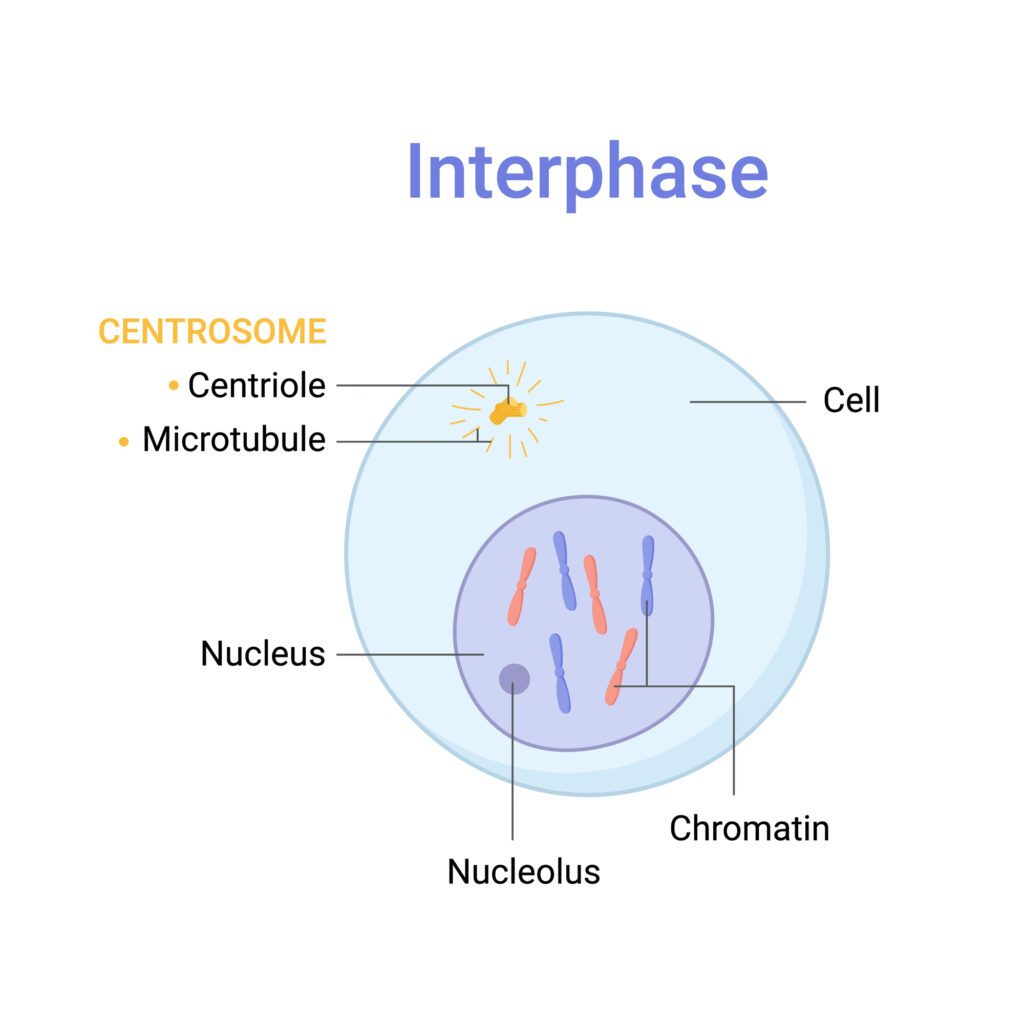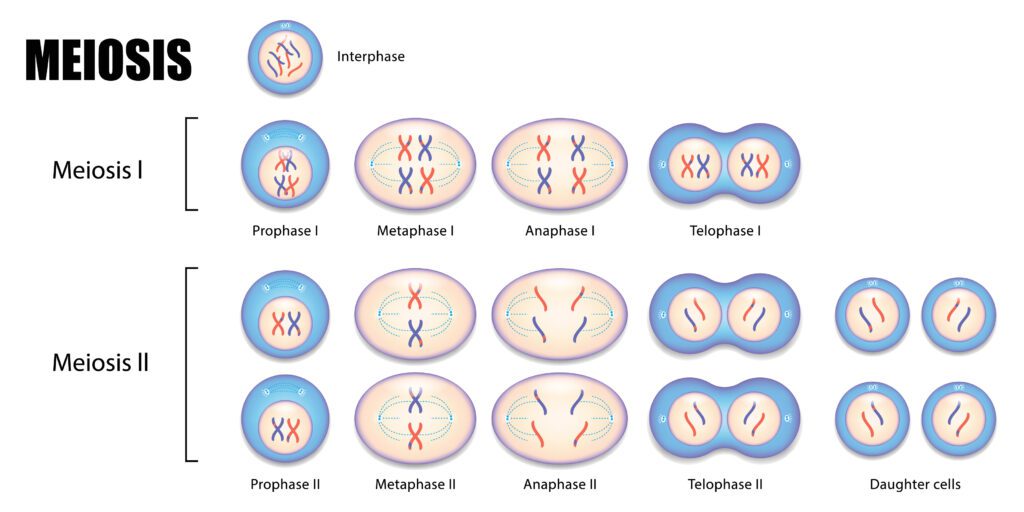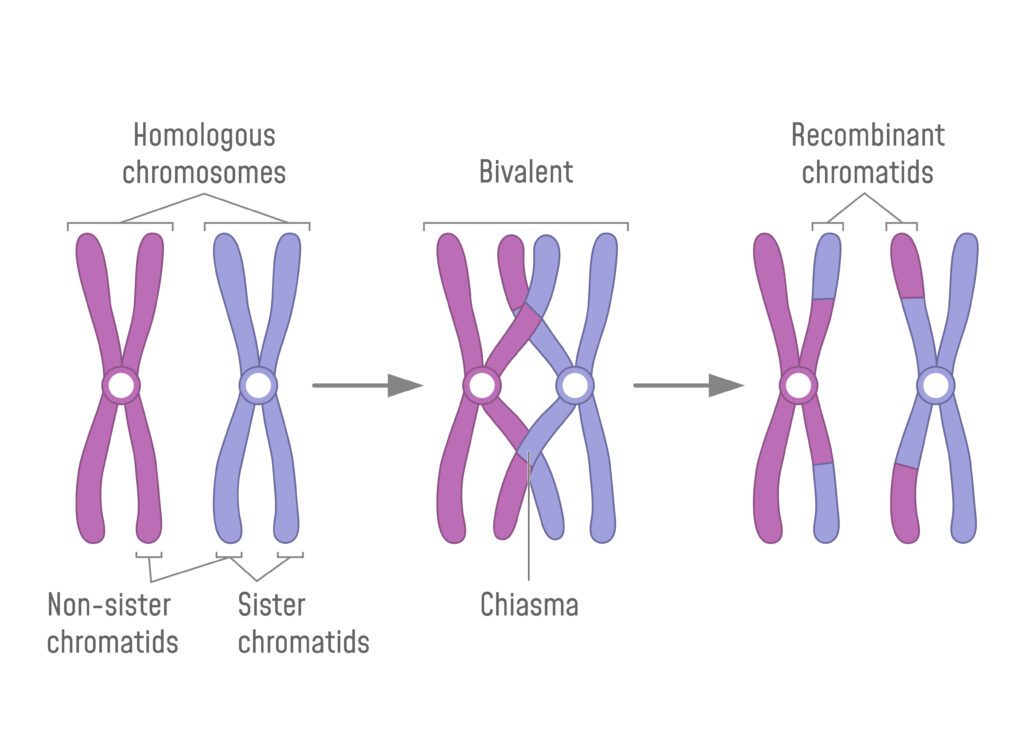ATI TEAS 7 Science Course
-
Introduction
Free ATI TEAS Science Diagnostic Test1 Quiz -
Human Anatomy and PhysiologyGeneral Anatomy and Physiology15m|3 Lessons|1 Quiz
-
Cardiovascular System30m|9 Lessons|1 Quiz
-
Respiratory System17m|4 Lessons|1 Quiz
-
Gastrointestinal System8m|2 Lessons|1 Quiz
-
Neuromuscular System43m|10 Lessons|1 Quiz
-
Reproductive System8m|2 Lessons|1 Quiz
-
Integumentary System11m|2 Lessons|1 Quiz
-
Endocrine System11m|3 Lessons|1 Quiz
-
Genitourinary System16m|4 Lessons|1 Quiz
-
Immune System13m|4 Lessons|1 Quiz
-
Skeletal System26m|6 Lessons|1 Quiz
-
Life and Physical SciencesApply Concepts of Mendel's Laws of Inheritance1 Quiz
-
Describe the Relationship Between Genetic Material and the Structure of Proteins3 Lessons|2 Quizzes
-
Describe Cell Structure, Function, and Organization9 Lessons
-
Describe the Structure and Function of the Basic Macromolecules in a Biological System1 Lesson|1 Quiz
-
Describe the Role of Microorganisms in Disease2 Lessons
-
ChemistryExplain Physical Properties and Changes of Matter11 Lessons|1 Quiz
-
Recognize Basic Atomic Structure36m|10 Lessons|1 Quiz
-
Describe Chemical Reactions1 Quiz
-
Understand Properties of Solutions
-
Scientific ReasoningUse Basic Scientific Measurements and Measurement Tools1 Quiz
-
Apply Logic and Evidence to a Scientific Explanation1 Quiz
-
Predict Relationships Among Events, Objects, and Processes1 Quiz
-
Apply the Scientific Method to Interpret a Scientific Investigation1 Quiz
-
Timed Practice Test SimulationsATI TEAS Science Practice Tests5h 15m|5 Quizzes
Meiosis
Lesson Goals:
By the end of this lesson, you will be able to:
- Explain the process of meiosis
- Identify and describe each of the stages of meiosis
- Explain how meiosis contributes to genetic diversity within a population
Key Vocabulary
- Meiosis – a cellular division process where one cell divides twice to produce four, haploid daughter cells
- Diploid – having two sets of chromosomes
- Haploid – having one set of chromosomes
- Gamete – a sex cell that joins with another gamete during fertilization to create a zygote with two sets of chromosomes
- Crossing Over – the process of homologous chromosomes exchanging segments of their DNA, resulting in genetic variation among offspring
Interphase
Meiosis begins with a phase called interphase, during which the cell grows, carries out its normal functions, and duplicates its DNA. DNA replication ensures that each chromosome is composed of two identical sister chromatids.

Meiosis
Meiosis consists of two main phases – Meiosis I and Meiosis II. Each phase results in one cell division, which is why the cells need two phases in order to divide twice. Meiosis I results in 2 daughter cells. Meiosis II results in four daughter cells, as each of the daughter cells from Meiosis I divides into another two cells. You can use the visual below as an anchor for this multi-step process.

Meiosis I
Meiosis I is the first phase of meiosis. It begins with one cell that divides into two daughter cells. Each daughter cell has the same number of chromosomes as the original cell.

Prophase I
In this stage, the cell prepares for division. The nuclear membrane starts to break down, and the chromosomes condense and become visible. The most significant event in prophase I is homologous chromosome pairing. Homologous chromosomes, which are a pair of similar chromosomes (one from each parent), come together and form a structure called a tetrad. During this pairing, sections of the chromosomes may exchange genetic material through a process known as crossing over. This genetic exchange promotes genetic diversity.

Metaphase I:
The homologous pairs of chromosomes line up along the center of the cell, called the metaphase plate, and become attached to spindle fibers. The alignment of chromosomes is random, leading to independent assortment, which further increases genetic diversity.
Anaphase I:
The homologous chromosomes separate and are pulled to opposite poles of the cell by the spindle fibers. The sister chromatids remain attached to each other at their centromeres.
Telophase I:
The separated homologous chromosomes reach the opposite poles of the cell. The nuclear membrane reforms around each set of chromosomes, and the cell undergoes cytokinesis, resulting in two daughter cells. Each daughter cell has only one chromosome from each homologous pair, and each chromosome consists of two sister chromatids.
Meiosis II:
Meiosis II is the second phase of meiosis. The two daughter cells from Meiosis I go through another round of cell division, creating four new daughter cells. There is no DNA duplication in between these two phases, so these daughter cells have half the amount of chromosomes as the original cells. The daughter cells of Meiosis II become gametes (sex cells) that have the potential to combine with another gamete to create a full collection of chromosomes.

Prophase II:
The two daughter cells from meiosis I enter a brief interphase, where no DNA replication occurs. The chromosomes recondense, and the nuclear membrane begins to break down.
Metaphase II:
The chromosomes align individually along the metaphase plate, attached to spindle fibers.
Anaphase II:
The centromeres divide, separating the sister chromatids. The spindle fibers pull the chromatids to opposite poles of the cell.
Telophase II:
The chromosomes reach the poles of the cell. Nuclear membranes form around each set of chromosomes, and cytokinesis occurs, resulting in the formation of four haploid daughter cells. These cells contain half the number of chromosomes as the original cell, and each chromosome consists of only one chromatid.
The four daughter cells produced at the end of meiosis II are genetically unique due to the random assortment of chromosomes in meiosis I and the exchange of genetic material during crossing over. These cells serve as gametes (sperm or egg cells) and can combine during fertilization to create a new individual with a diverse genetic makeup.

